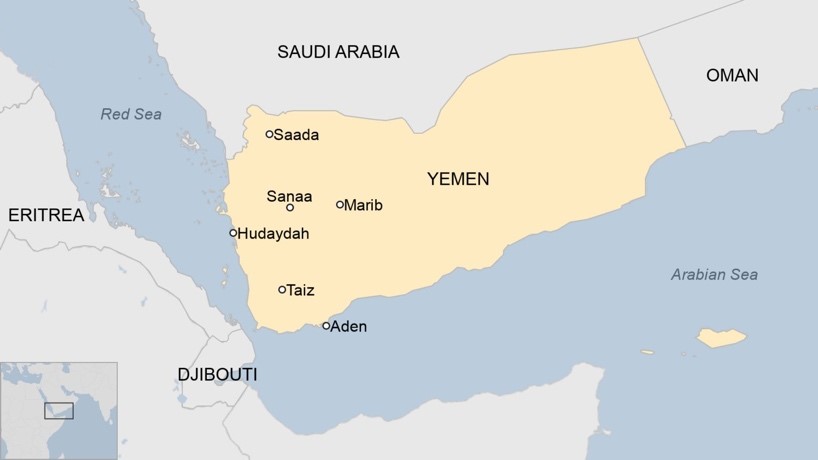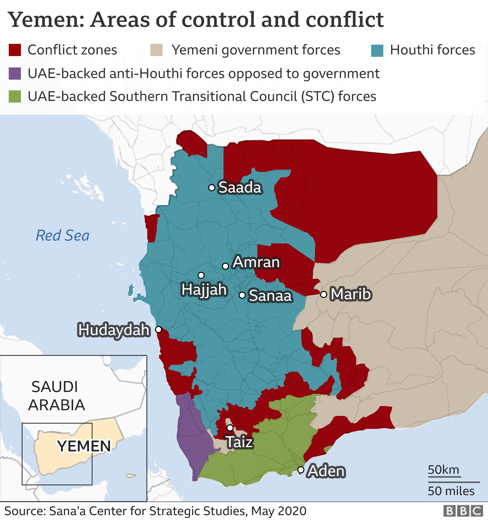Free Courses Sale ends Soon, Get It Now


Free Courses Sale ends Soon, Get It Now



Disclaimer: Copyright infringement not intended.
Context
Details
What is the Stockholm Agreement?
The war
How did the war start?

What's happened since then?

What's been the human cost?
What are Yemen’s divisions?
What caused the current crisis?
Fuel price hikes
Houthi takeover
Military division
Saudi intervention
What are the prospects for a solution to the crisis?
About Yemen
|
PRACTICE QUESTION Q) UN-backed peace negotiations have made limited progress in Yemen. Discuss the role of UNHCR in this regard. (150 words) |
https://epaper.thehindu.com/ccidist-ws/th/th_delhi/issues/33047/OPS/GA1B4L6PL.1.png?cropFromPage=true
© 2024 iasgyan. All right reserved